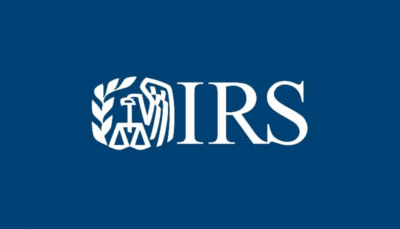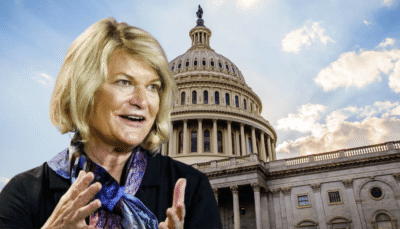In a landmark policy shift, the Federal Housing Finance Agency (FHFA) has instructed Fannie Mae and Freddie Mac to begin incorporating cryptocurrency holdings as part of homebuyers’ asset profiles for mortgage risk assessments. The directive, issued by FHFA Director William J. Pulte on Wednesday, mandates that digital assets need not be converted into U.S. dollars to be eligible—so long as they’re held on U.S.-regulated exchanges.
Pulte emphasized that the move followed “significant study” and aligns closely with President Trump’s vision of establishing the U.S. as a global crypto capital. The policy is expected to enrich lenders’ understanding of a borrower’s full financial picture and widen access to homeownership for those holding popular cryptocurrencies like Bitcoin or Solana.
Under the updated model, Fannie and Freddie—key players in backing more than half of U.S. mortgages—must now prepare and submit a formal plan detailing how they will integrate crypto into lending criteria “as soon as reasonably practical”
New Underwriting Criteria to Reflect Digital Wealth
Historically, borrowers wishing to use cryptocurrency as proof of assets were required to convert it to cash and deposit it in fiat at a regulated institution. Now, lenders can directly reference crypto holdings in reserve calculations, subject to new volatility adjustments and risk buffers. Fannie and Freddie will need to seek board approval of these updated underwriting guides and present them to the FHFA for review.
This procedural revision acknowledges the increasing role of digital assets in personal financial portfolios, particularly among younger and tech-savvy populations. It allows mortgage underwriters to treat crypto more like stocks or bonds—factoring them in as collateral or reserve assets while discounting their value to account for price fluctuations.
Crypto Collateral Gains Traction Across Finance
The FHFA’s move is part of a broader wave of crypto integration across traditional finance. For instance, Circle’s USDC stablecoin has recently been approved for use as collateral in U.S. futures markets through a Coinbase Derivatives–Nodal Clear partnership, marking a boost in institutional adoption.
Meanwhile, investment banks like JPMorgan are permitting select clients to use Bitcoin ETFs to back lending instruments—another step toward mainstream acceptance of crypto as collateral.
On the retail side, platforms such as Ledn already facilitate mortgage financing using Bitcoin and Ether as collateral. As Mauricio Di Bartolomeo, Ledn’s co‑founder, told Cointelegraph, clients can “tap into their crypto holdings to purchase real estate—without liquidating any assets,” enabling them to leverage their digital wealth without cashing out.
Quick Facts
- FHFA has ordered crypto holdings to count in mortgage risk assessments without requiring fiat conversion.
- Borrower asset profiles will now include digital asset reserves, subject to volatility haircuts.
- Circle’s USDC is being accepted as futures collateral; JPMorgan and Ledn allow crypto-backed lending.
- Lenders must formalize integration plans and submit them for FHFA approval soon.





